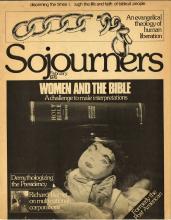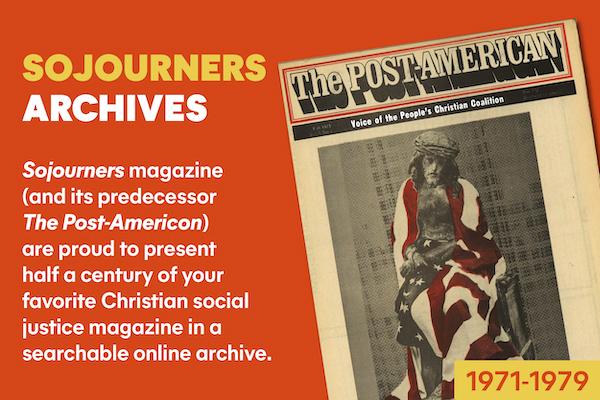“We believe that disarmament is the greatest and most urgent challenge facing humanity.” So reads a concluding sentence to a nationwide call for a coast-to-coast “walk” which will hope fully help to raise the issue of disarmament to the top of the public agenda.
The Continental Walk for Disarmament and Social Justice, as it has come to be called, began this past January 31 in San Francisco and is expected to end eight months later, sometime during October, in Washington, D.C. The Walk is likely to become a major focus for a wide coalition of activists throughout this year. Signers to the call included Joan Baez, Richard Barnet, Daniel and Philip Berrigan, Noam Chomsky, Dorothy Day, Dave Dellinger, James Douglass, Elizabeth McAlister, David McReynolds, Gloria Steinem, I.F. Stone, Art Waskow, and others. The sponsoring groups include American Friends Service Committee, Catholic Peace Fellowship, Catholic Worker, Clergy & Laity Concerned, Fellowship of Reconciliation, and War Resisters League, as well as others.
The danger of nuclear war is probably one of the most underestimated threats to human life today--a much greater danger today than it was 10-15 years ago. Although there has been a tremendous proliferation of nuclear weapons since Hiroshima and much vocal concern in the past about the dangers, the Vietnam war along with other pressing social concerns and the optimism produced by détente have taken the issue out of the public focus. The SALT talks have not been a serious forum for comprehensive disarmament, but they have produced a false confidence that something is being done; in fact the framework of the negotiations has been so narrow that the prospects for actually turning our swords into plowshares is nil.
Hopefully, the Walk will make disarmament as important and urgent an issue in the public consciousness as it continues to be in reality. Those who issued the call point to the following facts:
Read the Full Article

